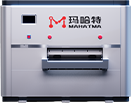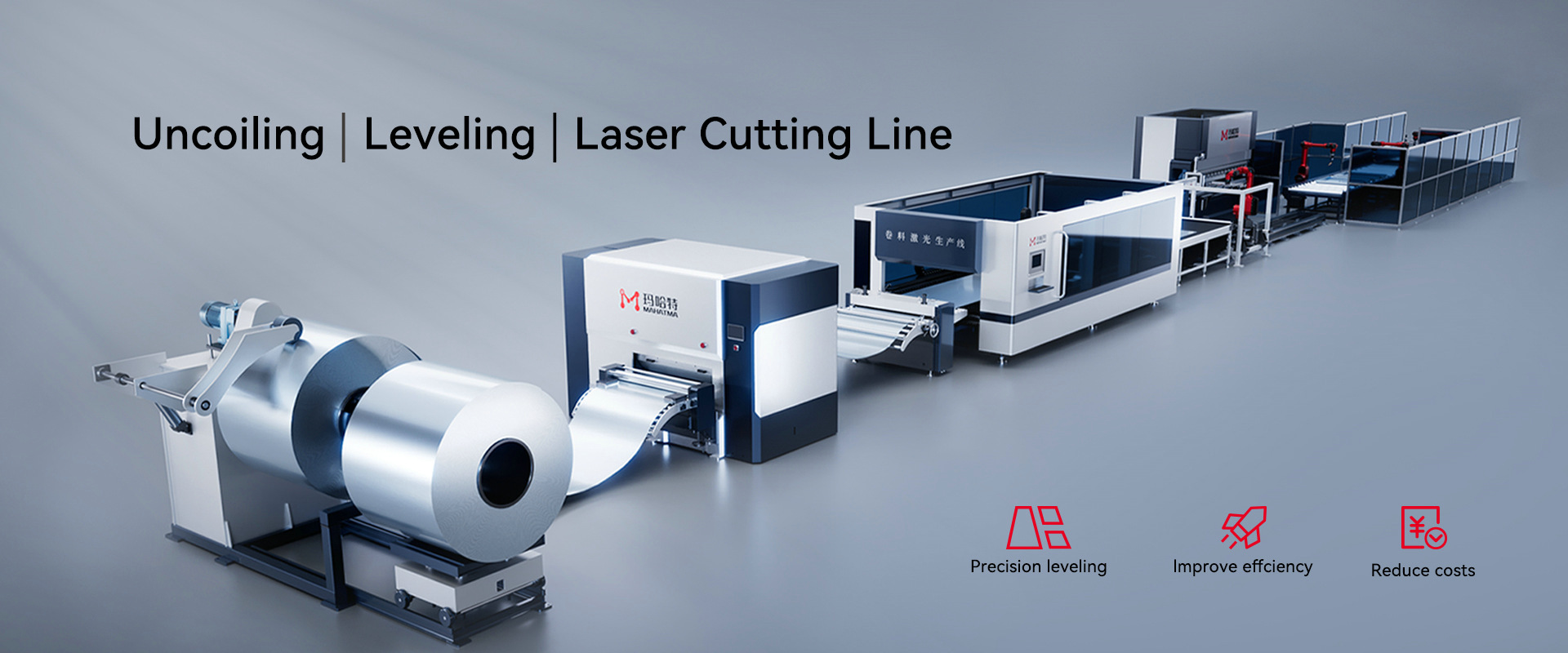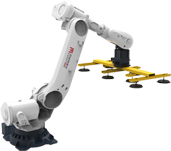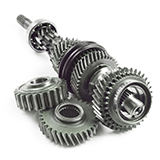Hydraulic machines are essential in modern industrial, construction, and manufacturing sectors, offering high force, precise control, and efficient energy transmission. Unlike mechanical systems that rely on gears or levers, hydraulic machines use liquids under pressure to generate motion and power, making them ideal for heavy-duty and precision applications.
Basic Principle
Hydraulic machines operate on Pascal’s Law, which states that pressure applied to a confined fluid is transmitted equally in all directions. This principle allows a small input force to be multiplied and converted into a larger output force. A typical hydraulic system consists of a pump, fluid reservoir, valves, cylinders, and actuators, which work together to perform controlled movements.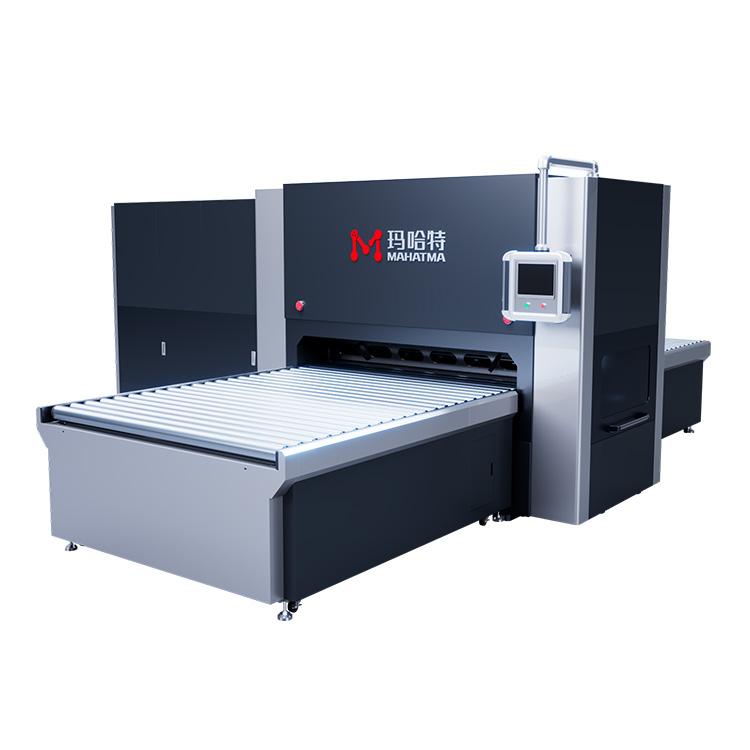
Key Components
Hydraulic Pump – Converts mechanical energy into hydraulic energy by pressurizing the fluid. Common types include gear pumps, piston pumps, and vane pumps.
Hydraulic Fluid – Acts as the energy carrier; its incompressibility allows precise force transfer. High-quality oils also provide lubrication and corrosion protection.
Actuators (Cylinders and Motors) – Convert hydraulic energy back into mechanical motion, producing linear or rotary movement.
Valves – Control the flow, direction, and pressure of the hydraulic fluid to regulate machine operation.
Reservoir and Filters – Store the fluid and remove contaminants to ensure long-term system reliability.
How Hydraulic Machines Work
When the pump pressurizes the hydraulic fluid, it flows through the control valves to the actuators. For a hydraulic cylinder, the pressurized fluid pushes the piston, creating linear motion. In hydraulic motors, the fluid rotates the rotor to produce rotary motion. Operators can control speed, force, and direction with high precision by adjusting valves or using automated controls.
Applications
Hydraulic machines are widely used in:
Construction Equipment – Excavators, bulldozers, and cranes for lifting heavy loads.
Manufacturing – Hydraulic presses, injection molding machines, and metal forming equipment.
Agriculture – Tractors and harvesters for plowing, lifting, and harvesting operations.
Aerospace and Automotive – Braking systems, steering, and landing gear mechanisms.
Advantages
High Force Density – Small machines can generate enormous force.
Precise Control – Smooth acceleration and deceleration for accurate positioning.
Flexibility – Can transmit power over long distances through hoses and pipes.
Durability – Designed to operate in harsh environments with minimal maintenance.
Conclusion
Hydraulic machines transform fluid pressure into controlled mechanical motion, offering unmatched power, precision, and adaptability. Understanding their components, principles, and operation is crucial for engineers and operators to optimize performance and ensure long-term reliability in industrial, construction, and agricultural applications.

